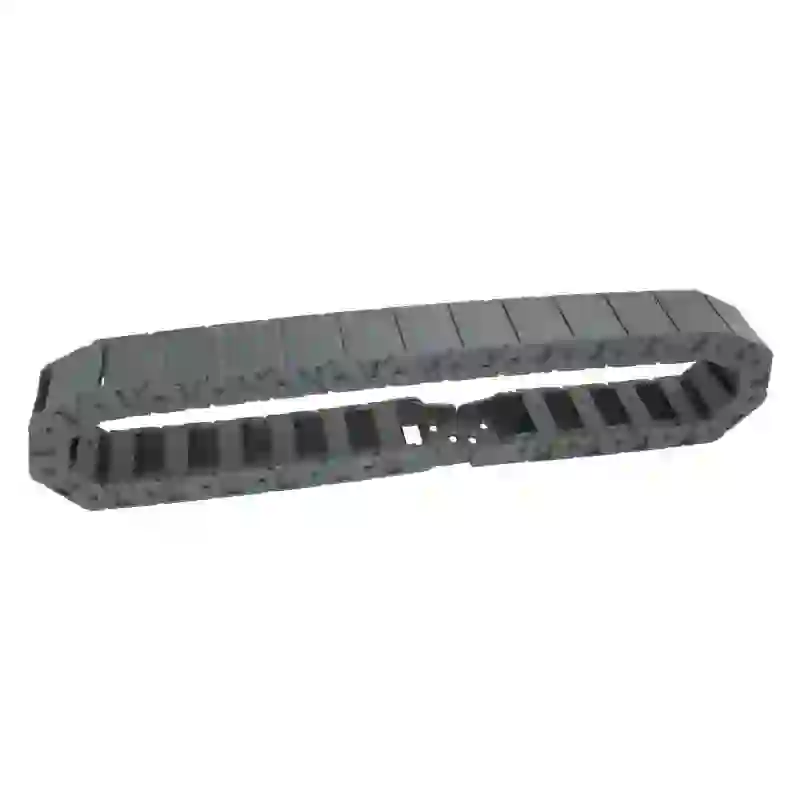Understanding Synchronous V Belts and Their Applications in Mechanical Systems
Understanding Synchronous V Belts A Key Component in Mechanical Systems
Synchronous V belts have emerged as a critical component in various mechanical systems, offering unparalleled performance and efficiency in power transmission. Unlike traditional V-belts, synchronous belts, also known as timing belts, are designed to prevent slippage and ensure precise synchronization between driven components. This article delves into the anatomy, benefits, applications, and maintenance of synchronous V belts, shedding light on why they are indispensable in modern machinery.
What are Synchronous V Belts?
Synchronous V belts are designed with equally spaced teeth along their inner surface, allowing them to mesh perfectly with corresponding cogged pulleys. This design enables the belt to maintain a constant speed ratio between the driving and driven components, regardless of load variations. The belts are typically made from durable materials such as neoprene or polyurethane, reinforced with aramid fibers, which provide strength and flexibility.
The geometric design of synchronous V belts features a trapezoidal profile, maximizing the contact area with the pulley teeth, reducing wear, and increasing efficiency. This design also minimizes the risk of distortion under tension, which can lead to premature failure in traditional V-belts.
Benefits of Using Synchronous V Belts
1. Precision and Control One of the most significant advantages of synchronous V belts is their ability to maintain precise timing. They are widely utilized in applications where accurate synchronization of rotational motion is critical, such as in automotive engines, conveyor systems, and robotics.
2. Enhanced Efficiency With reduced slippage, synchronous V belts operate at higher efficiency levels compared to their conventional counterparts. This means less energy wastage and lower operational costs, making them an attractive option for manufacturers seeking to optimize performance.
3. Low Maintenance Synchronous belts require minimal maintenance, as they operate without the need for lubrication, unlike chain drives. This reduces the overall maintenance costs and downtime for mechanical systems.
4. Longevity The robust construction of synchronous V belts makes them highly durable, often outlasting traditional belts. Their resistance to wear and tear ensures a longer service life, which is particularly beneficial in demanding environments.
5. Quieter Operation Synchronous V belts tend to operate more quietly than other mechanical drive systems. This feature can contribute to a more pleasant working environment, especially in settings where noise reduction is crucial.
synchronous v belt

Applications of Synchronous V Belts
Synchronous V belts are widely utilized across various industries. In the automotive sector, they are essential for timing the camshaft and crankshaft. Their reliability in synchronizing engine timing ensures optimal performance and fuel efficiency.
In manufacturing, synchronous V belts drive conveyor systems in assembly lines, facilitating the smooth and precise movement of products. Robotics and automation systems also rely heavily on these belts for accurate positioning and motion control.
Further, HVAC systems commonly use synchronous V belts in fans and blowers. Their ability to handle variable loads while maintaining efficiency makes them an ideal choice for such applications.
Maintenance Tips for Synchronous V Belts
To ensure optimal performance and longevity of synchronous V belts, regular maintenance is essential. Here are some tips
- Inspection Regularly inspect the belts for signs of wear, such as fraying or cracking. Replace any damaged belts promptly to prevent further issues. - Alignment Ensure that the pulleys are correctly aligned. Misalignment can lead to uneven wear and reduce the efficiency of the belt system.
- Tension Adjustment Proper tension is critical for performance. Follow manufacturer guidelines for tension settings and periodically check the tension during maintenance routines.
- Cleanliness Keep the belt and pulleys free from dirt and debris, as contaminants can lead to premature wear and operational inefficiencies.
Conclusion
Synchronous V belts are vital components in ensuring efficient and reliable power transmission across various mechanical systems. Their design offers precision, durability, and low maintenance, making them preferable in numerous applications. By understanding their benefits and following proper maintenance practices, industries can optimize the performance of their machinery, ultimately leading to more efficient operations and reduced costs.








